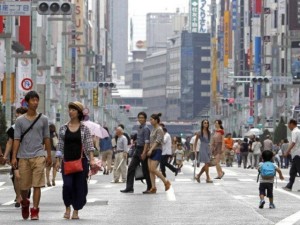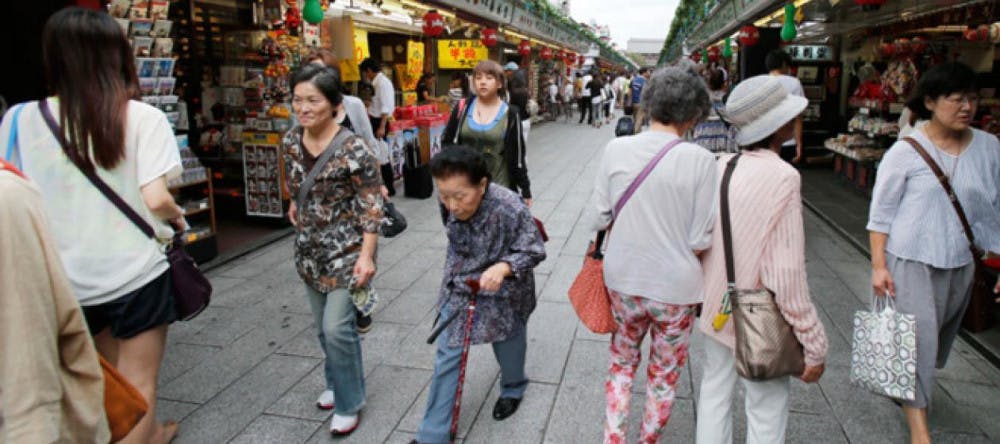By Catherine Herbert
Staff Writer
Japan’s official 2015 census, which was released on Friday, Feb. 26, revealed that its population has made a dramatic decline of over 1 million people in just the past five years, according to the Washington Post.
The last Japanese census, recorded in 2010, showed a population of over 128 million people. This new data reveals that the Japanese population today consists of 127 million people. Such a significant decrease in population is unheard of for Japan, and the country has recorded population data ever since 1920, the New York Times reported. Despite this lack of empirical data showing population decline prior to 2015, experts and various smaller surveys have predicted this kind of drop in population for years based on birth and death rates, the Washington Post reported.
This exponential downward slope in Japan’s inhabitants is due to a myriad of reasons. One echo of this can be found in Japan’s birth rates.
For a long time, Japanese citizens have not been meeting the universal birthrate of 2.1 babies per woman that is believed to be the number needed to preserve and promote population growth. Instead, they have been maintaining a lower birthrate of approximately 1.4 children birthed per woman, according to the Washington Post.
Another reason for this decline lies in Japan’s current demographics. The Washington Post reported that in 2015, about one-third of all Japanese citizens were over the age of 65.

These findings show that Japan has the oldest population in the world, a title likely to remain with the country for a while, according to Newsweek. According to the New York Times, this large demographic of elderly people making up Japan’s population is expected to increase to up to 40 percent by the year 2060.
According to the United Nations, Japan is one of the world’s highest on the list of countries with low fertility rates, along with the U.S., Russia and Vietnam, Newsweek reported. Attempts by the government to urge women to reproduce have been largely futile because many women don’t want to give up their careers in pursuit of a family, the New York Times reported. Immigration to Japan has not been prioritized or advertised by the government, which contributes to a stagnation in population, according to the New York Times.
Interestingly, geography seems to be playing a big role in the fate of Japan’s population rising or sinking. Population seems to grow in major cities, such as Tokyo, but struggles in the more rural areas. The Japanese government has attempted to reinvigorate the populations of depopulated rural areas by sending in as many as three times more Parliament representatives than they give to other places, as some provinces have less than 1 million people, according to the New York Times.
Japan Prime Minister Shinzo Abe cited this population decline as the nation’s top priority and aims to keep their population above 100 million, according to the Washington Post.







